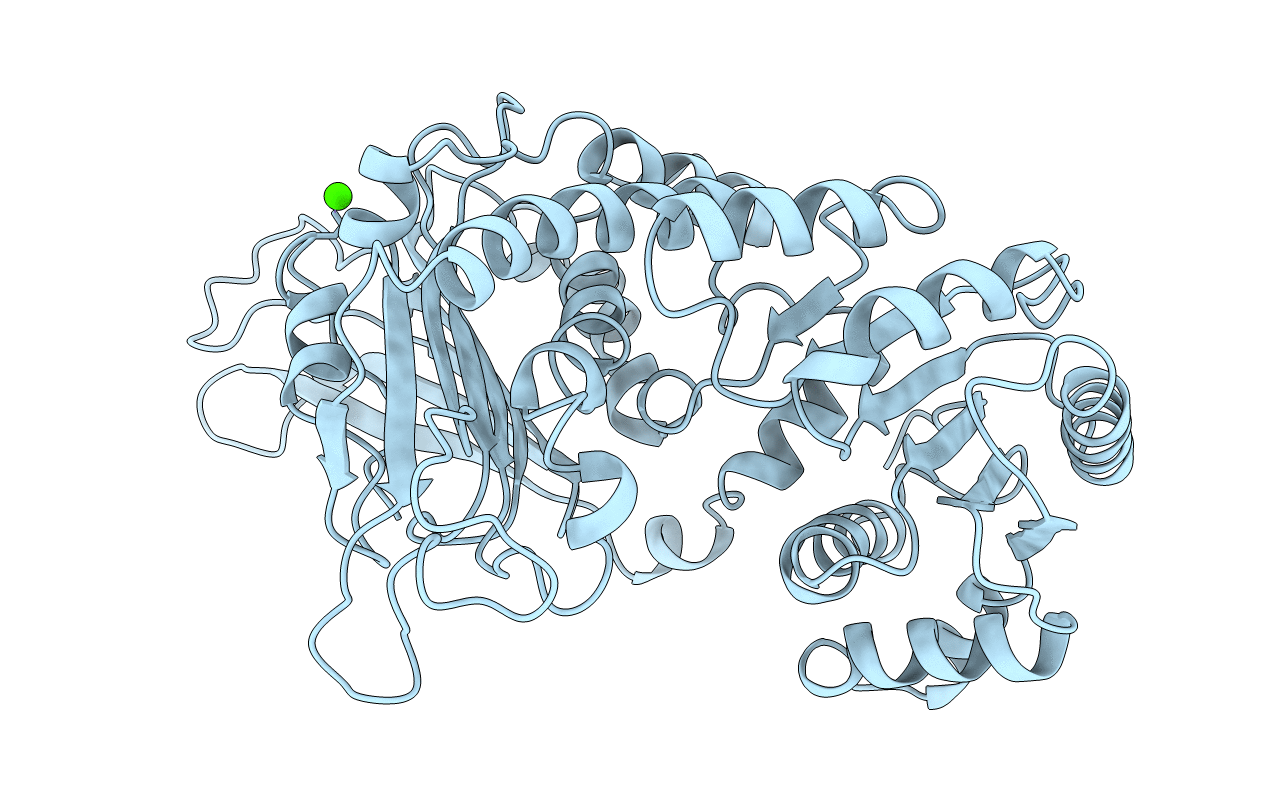
Deposition Date
2000-08-30
Release Date
2000-12-11
Last Version Date
2024-05-01
Entry Detail
PDB ID:
1E7M
Keywords:
Title:
ACTIVE SITE MUTANT (D177->N) OF GLUCOSE 6-PHOSPHATE DEHYDROGENASE FROM LEUCONOSTOC MESENTEROIDES
Biological Source:
Source Organism:
LEUCONOSTOC MESENTEROIDES (Taxon ID: 1245)
Host Organism:
Method Details:
Experimental Method:
Resolution:
2.54 Å
R-Value Free:
0.29
R-Value Work:
0.22
R-Value Observed:
0.22
Space Group:
C 1 2 1


